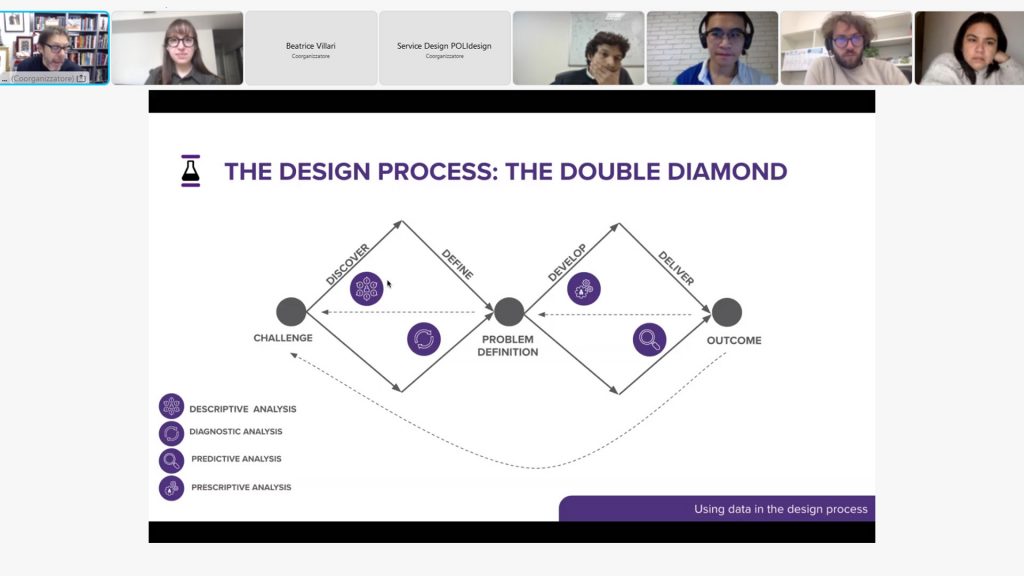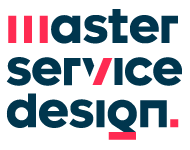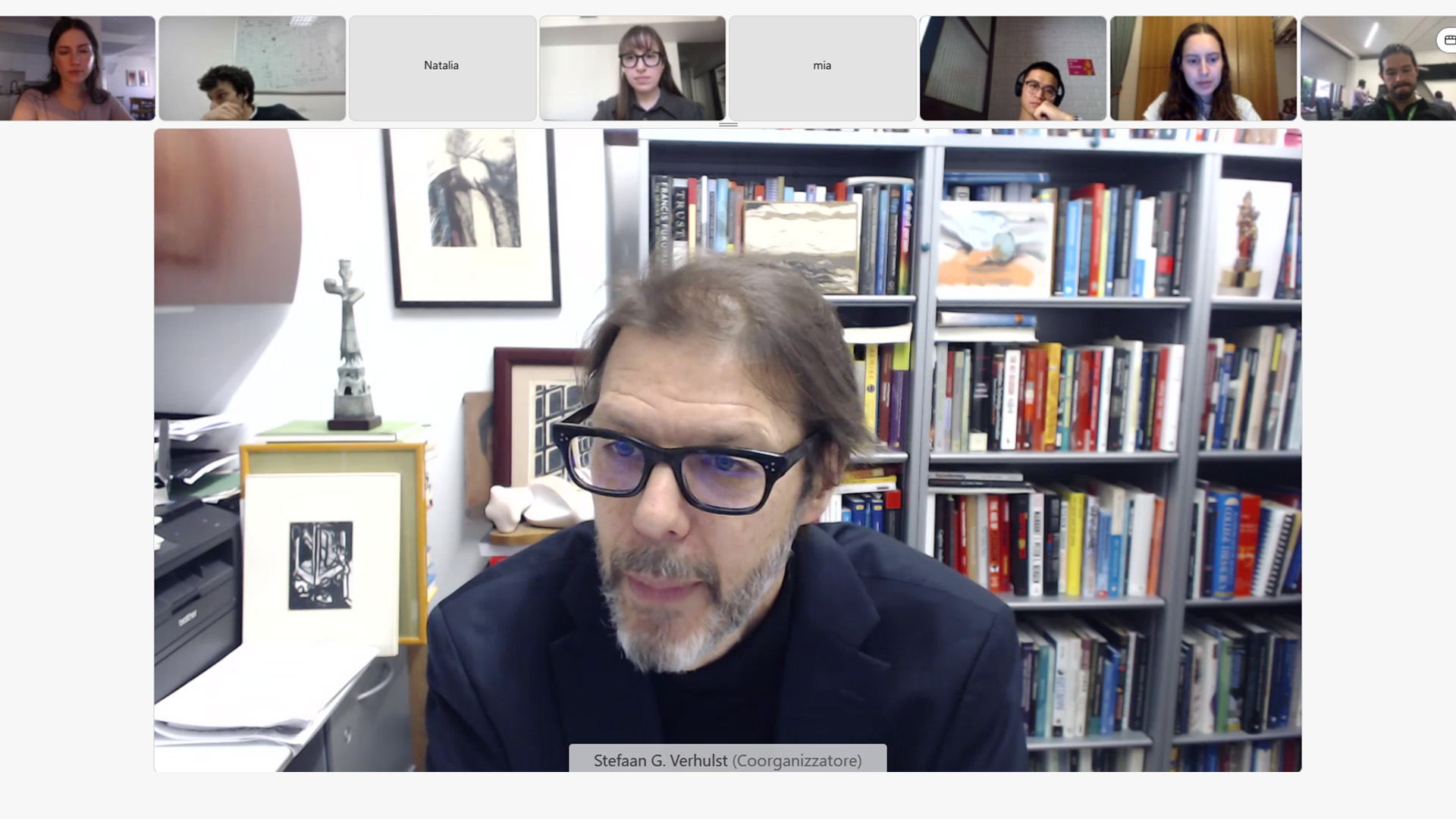The third Masterclass of this edition was held yesterday by Stefaan Verhulst from the GovLab (Governance Laboratory) at NYU. The topic was data, datafication and digital transformation, and the implications on service design.
The digital transformation of society has enabled a growing trend of datafication: since most transactions have become digital, many aspects of our lives have turned into quantified data. There could be both value and risk of leveraging those new data sets, for ever-more aims and applications, including service design. Data itself don't have intrinsic value, but a huge potential that is up to us - service designers - to unleash and employ. The service design process can lead this switch from data to decision, by working on different kinds of data (not only qualitative and traditional, as usually done) to translate them into meaningful insights, and by using the insights to answer design questions and, in the end, improve final decisions.
In the last few years are emerging new and non-traditional modalities and sets of data sources that service design could access, from open data to mobility data, from social media postings to Internet of Things (IoT) and other sensors (e.g. wearable technologies), from crowdsourced data through open innovation initiatives to satellite and geospatial data, just to mention few. New models of organizational and societal opportunities are also at their rise, for example, the development of strategic partnerships to foster data-driven design and innovation. All this potential of data-driven design is complementary to the traditional one (such as user data, demographics, timestamp, and geolocation or business metrics): it's about "Harnessing the value of data within the design process to complement the human focus explored through ethnography and qualitative research".
The lecture has been structured to give all participants basic knowledge about the world of data, with an introduction to datafication and data overview, showing the ways data could be used in the design process. To better face this important part of the lesson, Stefaan used the well-known double diamond framework to show how specific data can improve each step within the design process: descriptive analysis, diagnostic analysis, predictive analysis, and prescriptive analysis. Then Stefaan talked about generating access for data and risks and governance of data in service design. We also had a 30-minutes workshop aimed at giving the participants the chance to hands-on approach data usage to explore a specific design question.
We'd like to thank again Stefaan Verhulst for his enlightening and inspiring talk, and all the participants who took part in the lesson and the plenary discussion. We remind you that two more Masterclasses are on schedule within mid-March. Apply and join the discussion.



